Sauna
Contents |
[edit] What is a sauna?
The word sauna is of Finnish origin, and in the traditional Finnish language, it means an earth or snow pit, because the earliest forms of sauna were most likely to have been built in this way and then covered, but today it refers to any kind of sauna space - that is a space that is warmed to differing degrees (from 50 up to 90 degrees) by heated igneous rocks or sauna stones and a heat source.
The hot rocks are then sprinkled with water to create steam. In Finnish löyly describes the water which is in a wooden bucket and applied to the rocks using a wooden ladle. The water forms steam which increases the moisture content and temperature in the room, often in waves of warm air, and creates an environment for cleansing and relaxation. In some cases aromatic oils are add to the water to scent the steam.
A number of associated activities or rituals might be carried out as part of taking a sauna, such as intermittently dipping into cold water, rolling in the snow, massage (usually in public saunas) or beating the skin with dried birch tree branches, which give off an aroma, and are said to be good for blood circulation. In general saunas are said to have health benefits but in some specific cases, such as heart conditions, they should be taken with caution, depending on the temperature.
[edit] Sauna construction
Today saunas come in a variety of types and sizes, from off the shelf units to be installed in homes or gyms to one off contemporary designs, self-made rural retreats and temporary travelling saunas. A typical, traditional Finnish sauna is most likely to be seen as a small out building, of log construction, sometimes split logs with insulation between, often in a rural setting near a lake with no running water or electricity. They may have a small changing area, a terrace and a sauna room with a number of tiered seats, a small wood burning stove with sauna stones, a wooden bucket and wooden ladle for water.
Irrespective of the type of sauna, there are a number of key elements worth considering in the design and construction. Firstly the seating should be made of a low sap wood, which has a low thermal conductivity. This prevent seats from becoming too hot, Aspen or thermally treated wood a re suitable choices. Secondly, air flow is vital to the performance of a sauna because in its heated environment a good slow and steady flow of fresh air is important, too much will decrease the sauna benefits. In a rural setting an under cut door will suffice but better is a controlled low vent below the seating. Insulation is advantageous but many saunas function very well with a single fabric as the boundary, this is because the sauna is primarily about hot air flow, that said a well insulated sauna will allow for better prolonged use and less fuel consumption.
[edit] Where do you find saunas
Saunas are most common in Northern Europe, particularly Finland, where they originate and are considered a key part of the culture. Many Finn's visit saunas regularly and the Finnish parliament it is said to meet in a sauna once a week. Apartment blocks may have communal saunas that can be booked by residents, whilst most summer or lake houses will have a sauna, as traditionally the sauna would have been the first building to be built on a newly acquired site. As it is a deep part of the culture it also has a somewhat spiritual connotation in some regions and can be a time of quiet contemplation.
Saunas are also found in other areas of Europe such as in Russia where they are called Banya. In Sweden they are called Bastu and in Norway, Badstue. Saunas have a long history in the arctic regions, and have probably existed since around 7000 BC. Many other countries also have saunas, often now as part of spa complexes with a variety of other bathing houses, such as Hamman Turkish baths, steam rooms, relaxation rooms, dry saunas and infrared saunas.
[edit] Types of sauna
[edit] Primitive saunas
The primitive sauna, or pit sauna is probably the oldest and simplest form of sauna, that would have been used by the nomads of northern Europe. A pit would be dug into the ground and a large fire built not far away onto which stones and rocks were laid. Once the fuel had burnt the hot rocks were rolled into the centre of the pit. Those choosing to bathe in the sauna would sit around the edge of the pit and a temporary cover constructed over them and the pit which would in effect form the sauna. The water would then be poured over the still hot stones, creating steam which remained in the space under the cover helping relax and clean the sitters.
[edit] Tent saunas
Tent saunas are made and used in a similar way to primitive saunas. Essentially a tent is built over an area of open ground on which hot rocks are laid or moved over an area where the fire and hot rocks lie. Water is then sprinkled on the rocks to create steam within the space inside the tent. These kinds of saunas may still be used today as a temporary set-up by travellers or by the military.
[edit] Smoke saunas
Smoke saunas are a traditional and often public form of sauna, where a fire, covered with igneous rocks is burned to one side or the centre of a relatively large room built in a log cabin or similar building with wooden bench seats around. The sauna fills with smoke until the fuel of the fire is exhausted and the sauna stones are very hot. The doors and windows are opened to purge the smoke, or through a chimney outlet, though the smokey aroma and the hot stones remain. With the openings are closed again, and the sauna is ready for use. The stones retain their heat for some time and can be used to create steam. Such large smoke saunas can often be found in winter holiday or hunting centres and sometimes in cities. The oldest public smoke sauna is Rajaportin sauna, in the Pispala area of Tampere, whilst Helsinki also has a public smoke sauna in its kalio district.
[edit] Wood saunas
These saunas are most common in rural areas and function in exactly the same way as other saunas only there is a small stove within the sauna on top of which lie the sauna stones. The fire is kept alight (smoke exiting from a chimney) during the sauna use and this warms the sauna stones above which are sprinkled with water to create the steam. In newer saunas timber seats should generally be made of aspen wood, which has low levels of sap and good thermal qualities, so maintains a lower temperature tha high sap content timbers such as pine, which should only be used as internal cladding. More recently heat treated wood can also be used for seating. In older saunas the wood has been naturally heated treated through many years of use.
[edit] Electric saunas
Today, whilst wood saunas remain what one might call the genuine sauna experience, with smoke saunas being the more traditional, electric saunas are often a practical solution. Electric saunas ovens offer ease of use and convenience as they heat quickly and do not need as much cleaning. Essentially these have a heating element with sauna stones above, the element heats the stones until they can be used. Their running costs are relative to electricity prices but they are easier to maintain and use.
Today many saunas, both public and private are electrically heated and can be found in most countries. It is essentially a very different experience from the traditional wooden sauna, in aroma and aesthetics, but electric saunas function in a the very same way as traditional wooden saunas because key is the hot stones.
[edit] Related articles on Designing Buildings
Featured articles and news
Editor's broadbrush view on forms of electrical heating in context.
The pace of heating change; BSRIA market intelligence
Electric Dreams, Boiler Realities.
New President of ECA announced
Ruth Devine MBE becomes the 112th President of the Electrical Contractors Association.
New CIAT Professional Standards Competency Framework
Supercedes the 2019 Professional Standards Framework from 1 May 2025.
Difficult Sites: Architecture Against the Odds
Free exhibition at the RIBA Architecture Gallery until 31 May.
PPN 021: Payment Spot Checks in Public Sub-Contracts
Published following consultation and influence from ECA.
Designing Buildings reaches 20,000 articles
We take a look back at some of the stranger contributions.
Lessons learned from other industries.
The Buildings of the Malting Industry. Book review.
Conserving places with climate resilience in mind.
Combating burnout.
The 5 elements of seiri, seiton, seiso, seiketsu and shitsuke.
Shading for housing, a design guide
A look back at embedding a new culture of shading.
The Architectural Technology Awards
The AT Awards 2025 are open for entries!
ECA Blueprint for Electrification
The 'mosaic of interconnected challenges' and how to deliver the UK’s Transition to Clean Power.
Grenfell Tower Principal Contractor Award notice
Tower repair and maintenance contractor announced as demolition contractor.








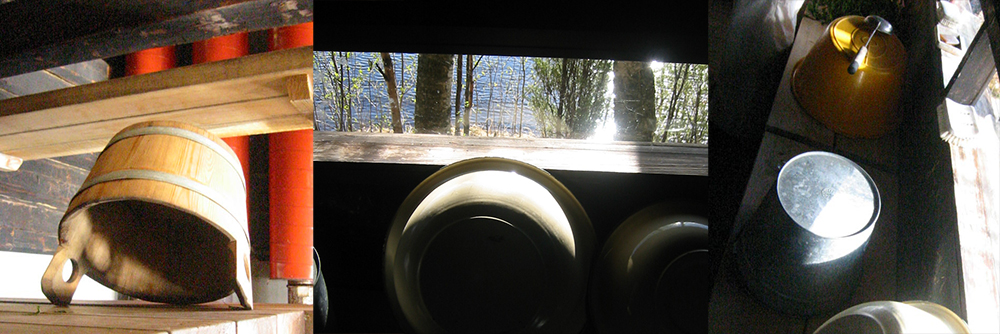
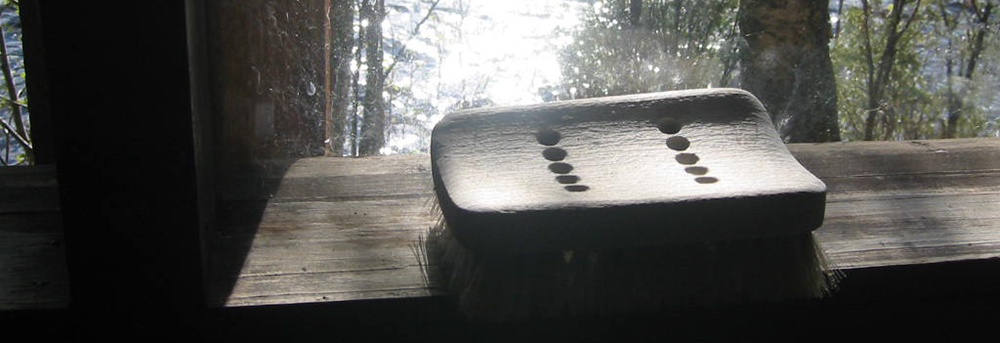
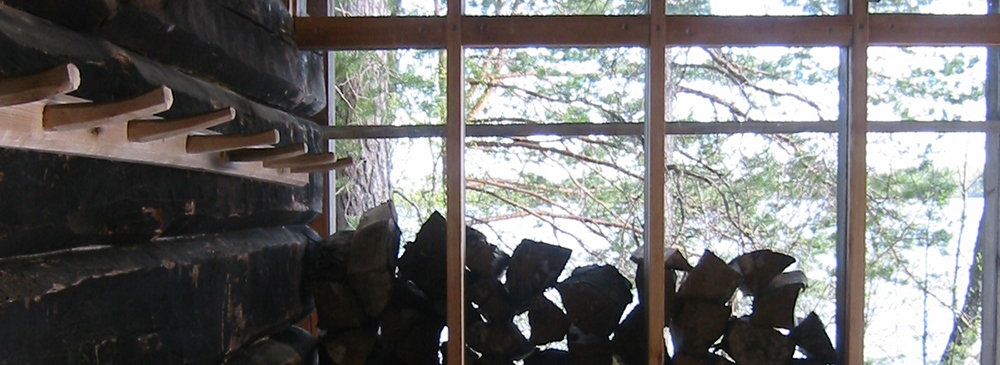
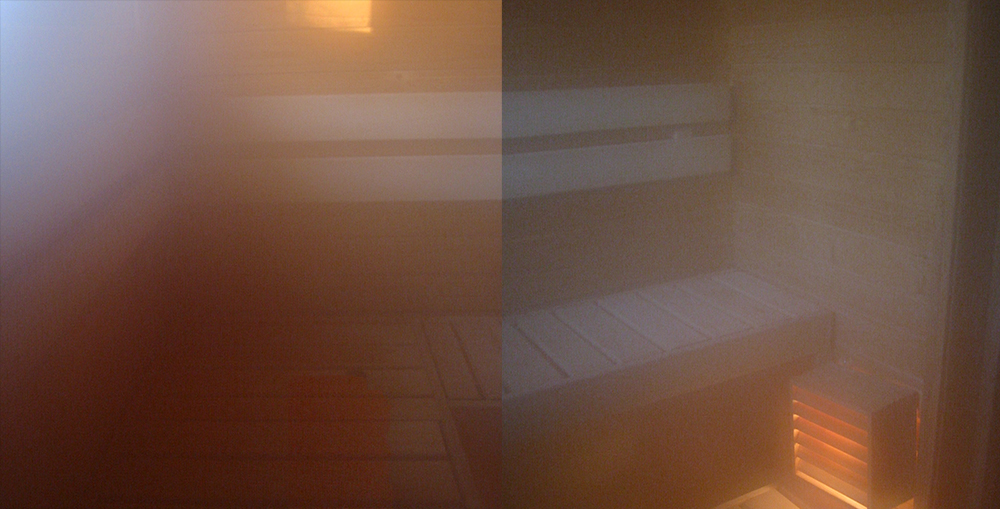












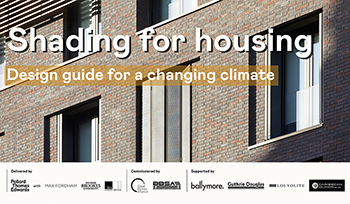



Comments
[edit] To make a comment about this article, click 'Add a comment' above. Separate your comments from any existing comments by inserting a horizontal line.